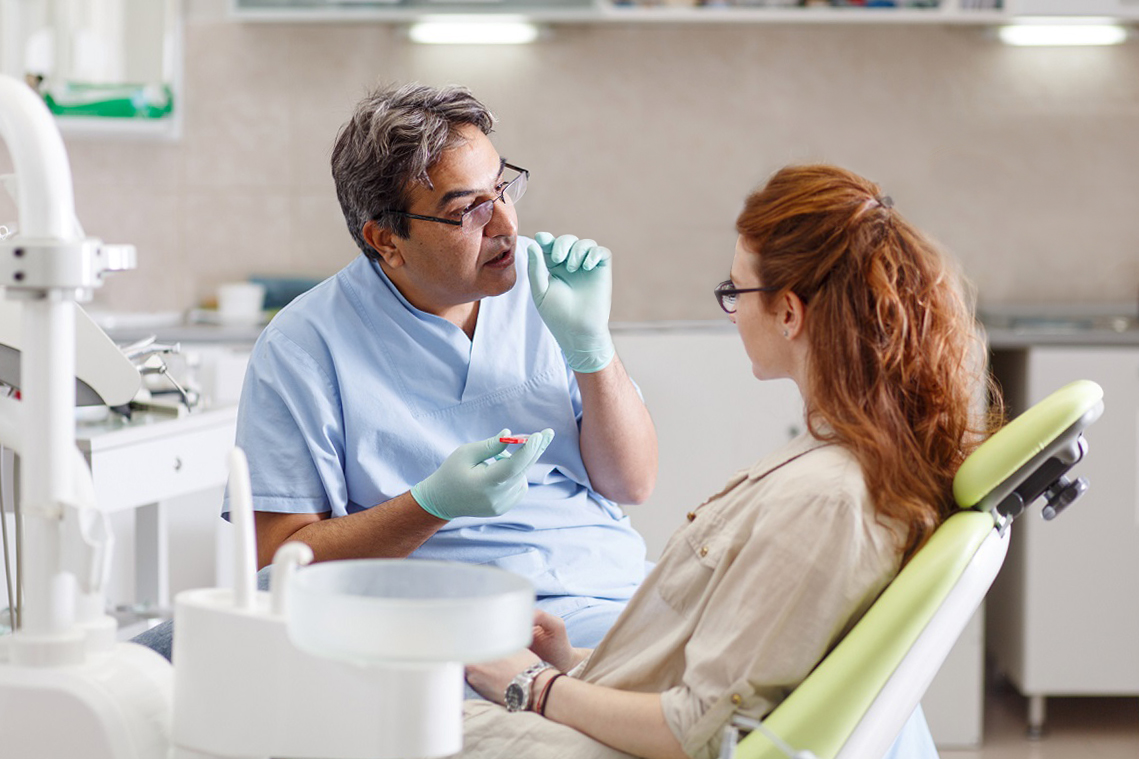The Buzz on Legacy Orthodontics
The Buzz on Legacy Orthodontics
Blog Article
Legacy Orthodontics - The Facts
Table of ContentsTop Guidelines Of Legacy OrthodonticsThe Facts About Legacy Orthodontics UncoveredFascination About Legacy OrthodonticsHow Legacy Orthodontics can Save You Time, Stress, and Money.The Basic Principles Of Legacy Orthodontics
In addition, we supply adjustable therapy timetables, adaptable payment options and an enjoyable, delightful experience.An orthodontist is a dental practitioner trained to identify, avoid, and deal with teeth and jaw abnormalities. They deal with existing problems and are trained to recognize problems that might develop in the future. Orthodontists collaborate with individuals of every ages, from kids to grownups. Individuals typically associate a best smile with healthiness.
Malocclusion, or misaligned teeth, can lead to dental problems, consisting of dental caries, gum illness, and challenging or excruciating chewing. Yet not every person is birthed with straight teeth. If you have a negative bite or huge spaces between your teeth, you might desire to seek advice from a dental expert concentrating on orthodontic treatment.
Facts About Legacy Orthodontics Revealed
( Photo Credit Score: DigitalVision/Getty Images) Orthodontists use dealt with and detachable dental devices, like dental braces, retainers, and bands, to transform the setting of teeth in your mouth. Orthodontic treatment is for oral abnormalities, including: Misaligned teethBite problems, like an overbite or an underbiteCrowded teeth or teeth that are too far apartJaw misalignmentThe goal of orthodontic therapy is to improve your bite.
A healthy bite ensures you can eat, chew, and talk effectively. While you might believe of orthodontists as primarily for kids or teens who require dental braces, they can deal with oral issues at any kind of age. Orthodontists attend university, dental school, and orthodontic institution. After college graduation, they spend 2 or 3 years in an orthodontic residency program.
, but not all dental experts are orthodontists. They focus on 2 locations: Just how to properly and safely relocate teeth Just how to effectively guide development in the teeth, jaw, and faceOnce an orthodontist has actually finished training, they have the alternative to end up being board licensed.
Little Known Questions About Legacy Orthodontics.
Misalignment, or malocclusion, is the most common reason people see an orthodontist. It is hereditary and is the result of dimension differences in between the upper and lower jaw or between the jaw and teeth. Malocclusion leads to tooth overcrowding, an irregular jaw, or irregular bite patterns. Malocclusion is typically treated with: Your orthodontist connects metal, ceramic, or plastic square bonds to your teeth.
If you have only minor malocclusion, you may have the ability to use clear dental braces, called aligners, instead of typical braces (https://www.openstreetmap.org/user/legacyortho). Some people require a headgear to assist move teeth into line with stress from outside the mouth. After braces or aligners, you'll need to put on a retainer. A retainer is a custom gadget that maintains your teeth in position.
They're most typically made use of on kids. They can produce added room in the mouth without needing to pull teeth. If you have a severe underbite or overbite, you might require orthognathic surgery (also called orthodontic surgical procedure) to extend or reduce your jaw. Orthodontists make use of wires, medical screws, or plates to sustain your jaw bone.
You might require to see an orthodontist if you have: Crowding or not adequate room for every one of your teethOverbite, when your upper teeth come your bottom teethUnderbite, when your base teeth are also much forwardSpacing or problems with gapsCrossbite, which is my website when your upper teeth fit behind your bottom teeth when your mouth is closedOpen bite or an upright void in between your front bottom and top teethMisplaced midline, when the center of your base and top teeth do not line up Dealing with an oral malocclusion can: Make biting, chewing, and speaking easierImprove the balance of our face and your total appearanceEase pain from temporomandibular joint disordersDifferent your teeth and make them easier to clean, aiding protect against tooth decay or cavities It's commonly a dental professional that initially notices misaligned teeth during a regular test.
Legacy Orthodontics Things To Know Before You Get This

Throughout your initial orthodontic consultation, you'll likely have: An oral examPhotos taken of your face and smileDental X-raysPanoramic (360 degree) X-rays of your face and headImpressions to create molds of your teethThese examinations will assist your orthodontist understand just how to continue with your therapy. leesburg invisalign. An orthodontist is a dental professional that's had training to treat your teeth and jaw
Orthodontists might perform surgery, exams,X-rays,and even more to help you obtain a much more comfy, much healthier smile. An orthodontist is concentrated on your bite, so something like a broken tooth would certainly be dealt with by a dental expert. Orthodontists are dental professionals however not all dental practitioners are orthodontists. Orthodontists are focused on your bite, or the method your teeth meshed, and the straightness of your teeth.
Ever asked yourself exactly how celebs constantly seem to have flawlessly straightened teeth? Orthodontists are dental specialists that concentrate on remedying abnormalities in the teeth and jaws.
Indicators on Legacy Orthodontics You Need To Know

While dental braces are the most frequently recognized orthodontic therapy, orthodontists have a diverse toolkit at their disposal. The particular technique selected depends on the seriousness of the case, the individual's age, and private choices. These tried-and-true dental braces make use of a system of braces adhered to the teeth and attached by cords.
These removable trays are tailor-made to gradually change the teeth's setting. In instances of slim jaws, palatal expanders can be made use of to produce space for appropriate tooth positioning.
Report this page